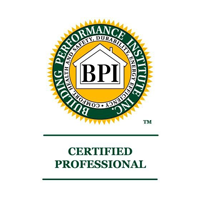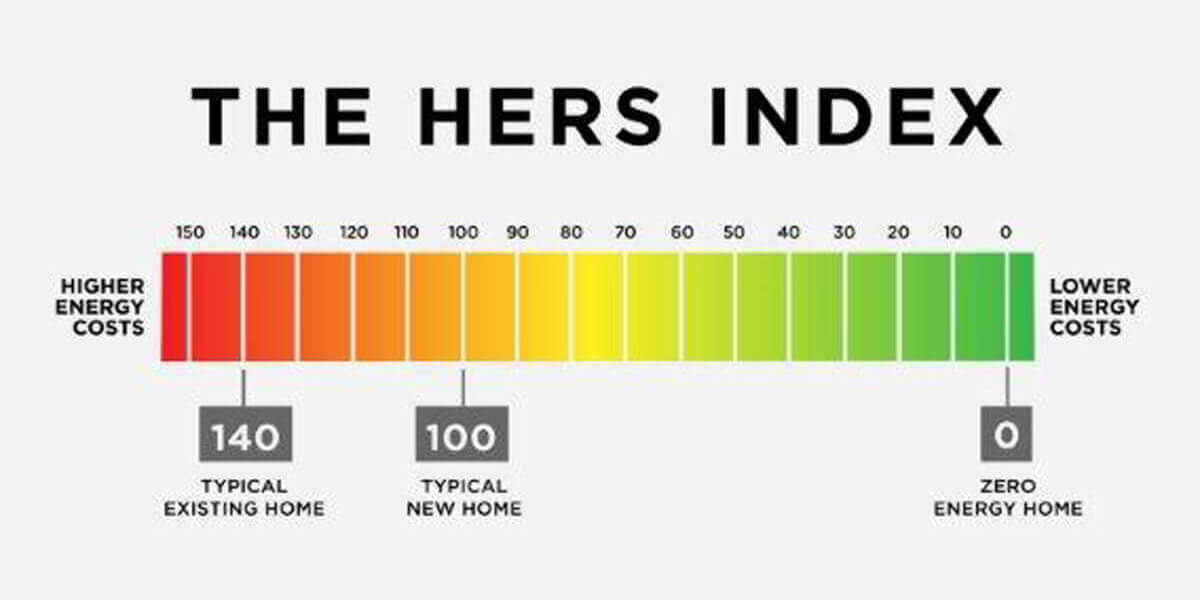Most of us have read, seen, or at least heard of Lewis Carroll’s famous tale Alice in Wonderland. In the book, the Dodo bird proposes a “Caucus-Race,” in which the participants start where they want, run in any pattern they choose, and end at a finish line of their choice. The setup of this race makes everyone a winner, and Alice hands prizes to each of the participants. Like the birds in the Dodo’s “Caucus-Race,” all different types of insulation win prizes. Every form of insulation achieves a certain degree of success – but unlike the Dodo’s race, some win bigger prizes than others.
You may think it’s a simple choice: if each insulation type will win you an energy-saving prize of a lower bill, why does it matter which one you choose for your home? If you’re looking to save the most energy and money possible, the type of insulation you choose directly affects the amount that you save annually.
The most common insulators that you will come across in the search for insulation include:
- fiberglass
- mineral wool
- foam boards
- spray foam
- cellulose
While all of these insulations do in fact insulate, there is a huge difference in efficiency for each one. Regardless of the type of insulation, all homes should be sealed to stop air leakage. After the sealing, the playing ground is leveled—may the best insulation win!
Fiberglass insulation is one of the most popular choices for homeowners. Its most common forms are batts (rolls) and loose-fill (sprayed). Batts can be rolled out and cut to fit into the space being insulated. This seems logical, because all the installation requires is measuring and cutting a slab and sticking it in your walls or other areas being insulated—but what about the small spaces? Fiberglass batts do not reach small crevices and corners, and thus do not fully insulate your home. Loose-fill fiberglass is a step above batts; it blocks these hard-to-reach places. So far, both forms of fiberglass insulation win, but loose-fill contributes more to your energy savings.
Mineral wool, another popular form of insulation, also comes in batts and loose-fill forms. It is typically a material made from rocks and natural minerals. Mineral wool contains about 75% post-industrial recycled content, making it more environmentally friendly than fiberglass. Like fiberglass, mineral wool batts fail to cover the smaller corners and do not fit to the area of installation. Mineral wool, like fiberglass, can be installed to unfinished walls, floors, and ceilings. Safe to say mineral wool also insulates, so we have yet another winner.
Although fiberglass and mineral wool both insulate, their prizes fail in comparison to cellulose. Loose-fill cellulose fits into small cracks as well, and like mineral wool it is made of recycled content. On average, cellulose insulation contains 85% recycled content. It is made from recycled paper that is treated to make it fire and pest resistant. While fiberglass can have a fire-proof facing attached, cellulose ensures resistance to flames simply through its manufacturing. Cellulose can be installed not only in new constructions, but also in walls and attics that are already built.
When looking for the most effective insulation, the highest R-value earns the biggest prize. All three types of insulation have an R-value, but these values vary. The R-value per inch of fiberglass is 2.2-2.7, for mineral wool is 3.0-3.3, and for cellulose is 3.2-3.8. Less cellulose is required to achieve an ideal R-value of 38. A given area needs 10-12 inches of cellulose insulation to reach an R-value of 38, mineral wool requires 11.5-13 inches, and fiberglass takes 14-17 inches to achieve this thermal resistance.
Now you have the numbers. All of these different types of insulation win the race, but are not equally effective. Given your options, the prizes are out there for you to go get. Give your home the biggest prize of the insulation with the highest energy savings; choose loose-fill cellulose.















